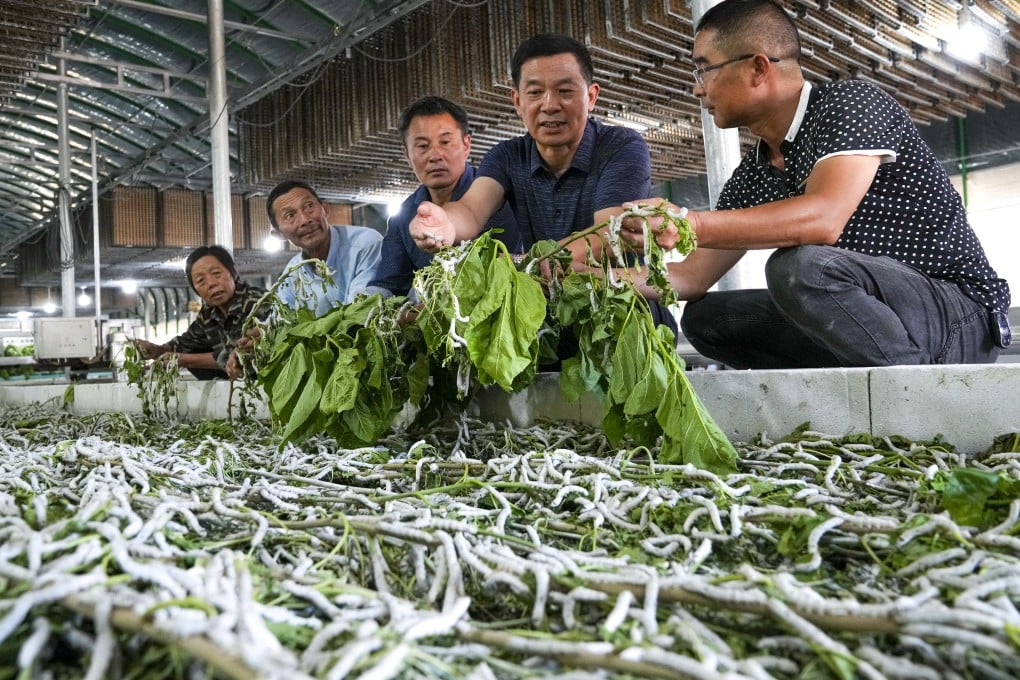How Chinese scientists are unravelling the secrets of the silkworm – one gene at a time
- Researchers sequence more than 1,000 domestic and wild samples to find the answers to silk yield and fineness
- The results also give insight into the insect’s origins, study says

In the study, the researchers sequenced more than 1,000 domestic and wild silkworms to create a digital silkworm gene pool.
The pool is the world’s largest pan-genome data set for a plant or animal to date, according to the study led by researchers from Southwest University in Chongqing, the Chinese Academy of Sciences and BGI Genomics in Shenzhen.
The study was published in the peer-reviewed journal Nature Communications on September 24.
“This ushers in a new era for silkworm basic research and molecular breeding and provides guidelines for the large-scale pan-genome research of other species,” the authors said.
The silkworm was domesticated from its wild ancestor about 5,000 years ago, but due to the scarcity of wild silkworms and technical limitations, the origin of the domesticated silkworm has long been an open question.
